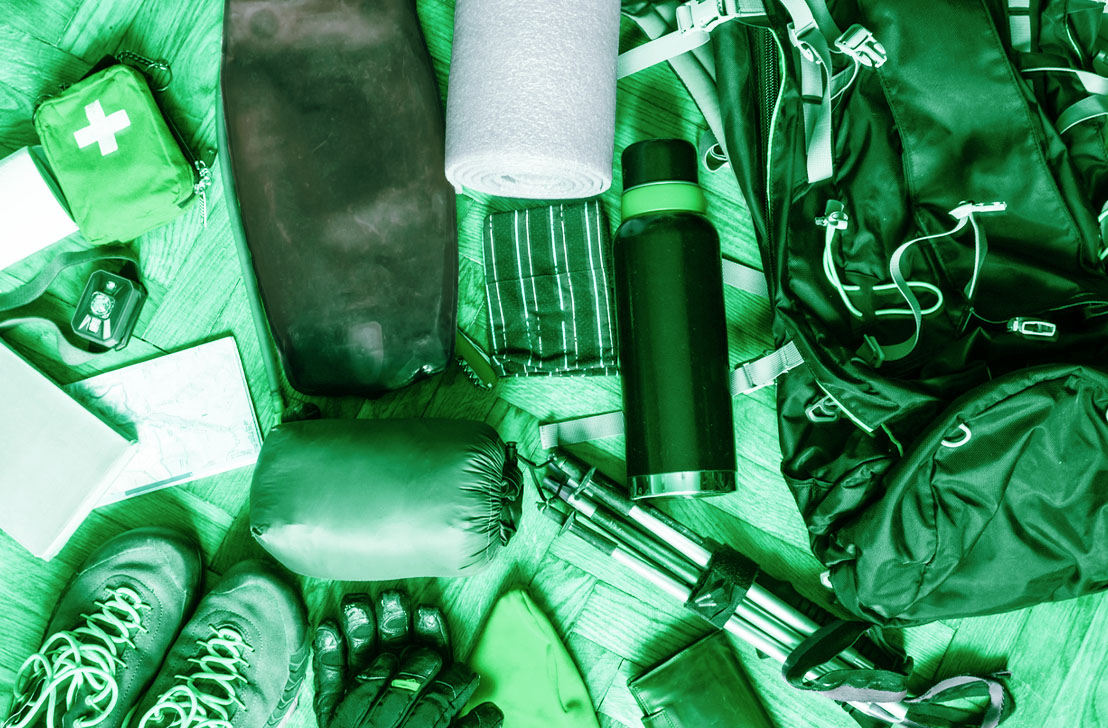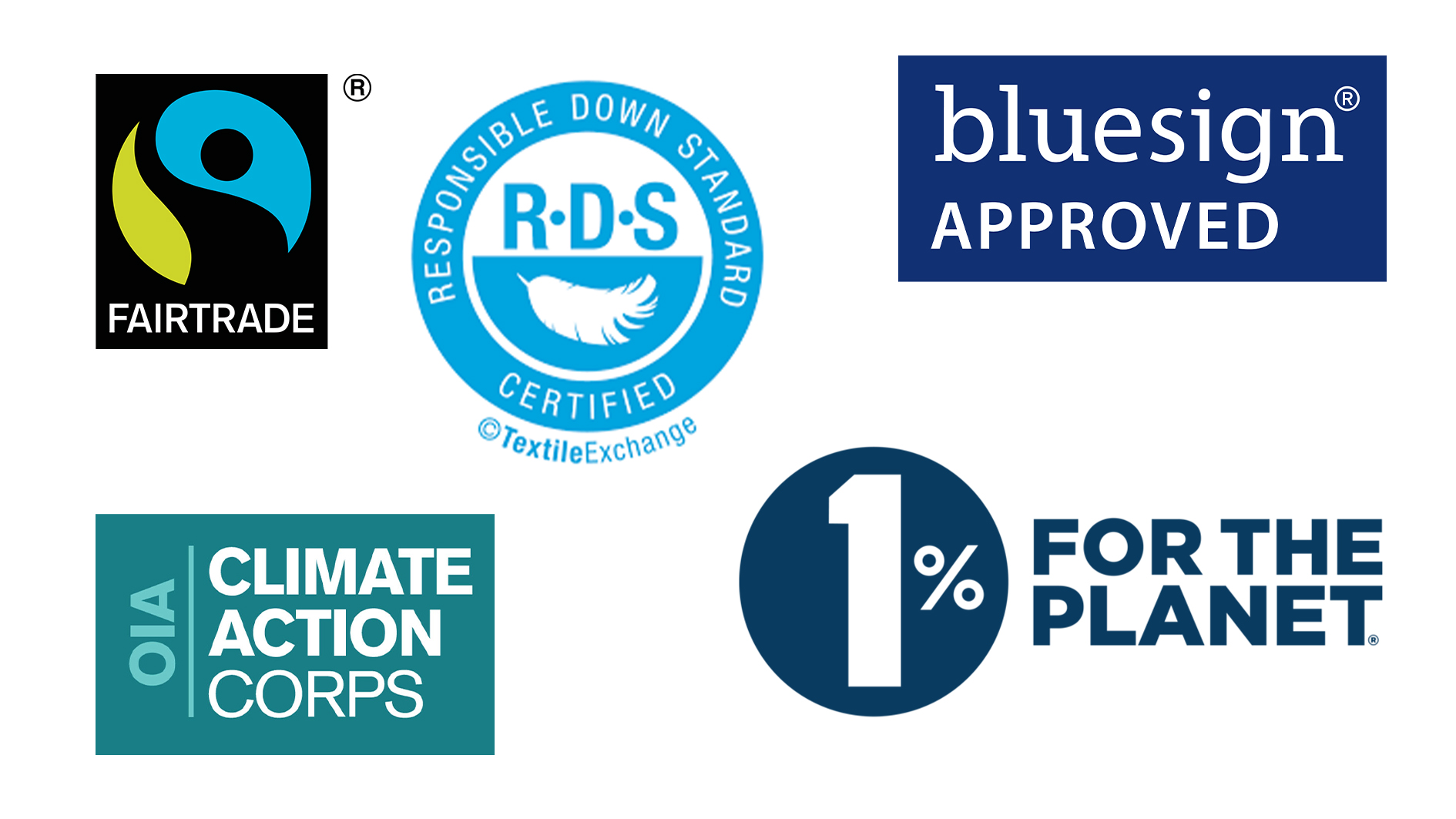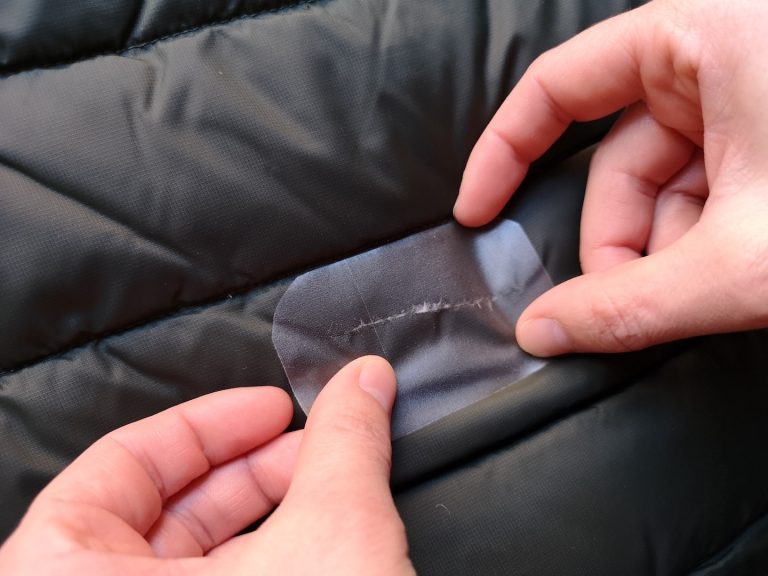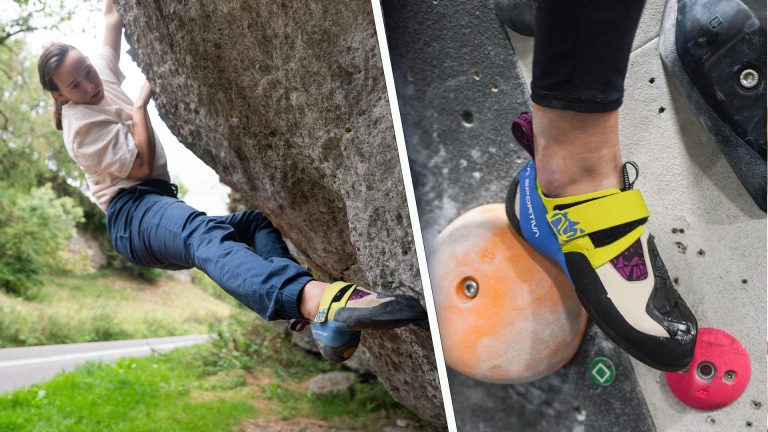Eco-friendly, sustainable, natural, cruelty-free, vegan, recycled, recyclable, compostable, biodegradable, fair trade. All these planet-saving claims by companies and services are good, right? Well, yes they are, but only if they are meaningful and true.
In a sales-focused world where brands are keen to capitalise on trends, being seen – and thought of – as “greener” is highly likely to gain approval among consumers. The good news is that many people want to make climate positive choices – and plenty of manufacturers and service providers do have an eco-conscience.
But where there is market competition there will always lurk the unscrupulous. The actions of companies that mislead consumers to believe they are greener than they actually are is called “greenwashing”.

The term greenwashing was coined in 1986 by environmentalist Jay Westervelt and then, in 1999, greenwashing was entered into the Concise Oxford Dictionary with the definition: “An attempt to make people believe that your company is doing more to protect the environment than it really is.”
More recently, a global review co-ordinated by the UK’s Competition and Markets Authority (CMA) revealed the issue may be more widespread than feared. The 2021 study found 40% of green claims made on a random selection of websites could be misleading consumers.
Greenwashing in the Outdoors Industry
No industry is immune from greenwashing, including outdoor clothing and equipment businesses. Indeed, it’s rare to read a label or features list for outdoors jackets, trousers, baselayers, footwear and underwear that is not peppered with “green” buzzwords.
As outdoors enthusiasts, we want to do our bit to protect the planet, while there is no doubt that many clothing and equipment brands are committed to the same. But, still, the false claims and tokenisms creep in.
So, how can we spot if we are being greenwashed?
In general, consumers should be critical of claims and question green words and slogans. Companies that make and sell genuinely sustainable and eco-friendly products will provide information on manufacturing, including worker conditions, energy use, emissions, water and air quality.
How To Spot Greenwashing
Don’t be fooled by green imagery: The colour “green” is often used to label or identify being environmentally friendly. Some companies also might use “earthy” colours and imagery to make them seem more wholesome. It’s important to look beyond the photos and colours for facts and certifications.
Look for numbers, not just words: Brands should be able to support their marketing claims and slogans about being environmentally friendly with facts and data. Also, look for quantifiable goals and targets on their websites.
Vague and generic claims: It’s easy for companies to claim a product is eco-friendly, ethical or sustainable, but is this backed up by facts, certification and/or membership of reputable, recognisable and traceable organisations.
It’s green, but…: Some brands will claim to be green in one way, such as using recyclable packaging, yet ignore the environmental impact of making the product itself. It’s important that you do not let one positive factor cloud the bigger picture.
Naturally misleading: Natural materials, such as viscose, rayon and bamboo, are often promoted as eco-friendly, but it depends on how they are sourced. For example, millions of trees are felled in the production of viscose.

Cotton is natural but there are associated problems in production, such as forced labour and toxic pesticide use. Look for 100% organic cotton where possible.
Vegan leather might sound like a good choice, but check what it is made of. Many vegan leathers are made of plastic polymers: Polyurethane (PU) and polyvinyl chloride (PVC). A better product is vegan leather created from natural resources, including pineapple leaves, apple peel and recycled plastic.
Think socially sustainable: Ethical considerations should include the workers. Look for companies that commit to fair conditions, such as the living wage. You will see the terms “Fair Trade” and “Fair Trade Certified sewn”.
Have a critical mind: It’s too easy to believe that the greener claims “must be” true simply because the brand states them on labels and their website. You might assume that they are legally sound. In many cases they will be, but it’s worth considering the type of language they are using and whether the claims are evidenced.
Also look at how much of the business is sustainable. Some companies offer only a few “greener” items for sale in a bid to catch the attention of consumers but to be true to sustainable aims, their approach should be more holistic across the business.
If in doubt, you can ask. All companies should be accountable and it’s worth emailing via the website to find out more.
Buy less, mend more: Various eco campaigns focus on mending and making do. If we buy fewer garments and items, then manufacturing impacts are reduced. Some green brands also offer repair services for their products.

How to Combat Greenwashing
What to look for and believe in:
- PFC-free and PTFE-free: Materials that have been made waterproof without use of the environmentally damaging chemicals PFCs or PTFEs.
- Certified B Corporations: Businesses that balance purpose and profit.
- NSF International’s Global Traceable Down Standard (TDS), Responsible Down Standard (RDS), Responsible Wool Standard (RWS) and Leather Working Group (LWG): To show animal welfare and environmental standards.
- Fair Trade Certified and Fair Trade Certified sewn: Given to brands for notable human welfare standards, particularly in developing countries.
- The Fair Wear Foundation: An ethical certification for brands that focus on labour standards within the clothing industry.
- 1% for the planet: Given to companies that commit at least 1% of profits into trusted environmental organisations, charities and non-profit groups.
- Bluesign® certified: An award for businesses that put a strong emphasis on people, the environment and resources.
- Outdoor Industry Association’s Climate Action Corps: A campaign to become the world’s first climate positive industry by 2030.
- Science Based Targets: A campaign behind the pledge for a zero-carbon economy.
Hold companies accountable: If in doubt about green claims, contact the company and ask. You should also receive a positive reply.
Join campaign groups: There are bodies that campaign against climate changing misinformation, including greenwashing. For example, US-based Clean Creatives launched in the UK prior to Cop26. Other organisations include the Campaign Against Climate Change, Two Sides and ClientEarth.
Call them out: There’s no specific law banning greenwashing in the UK, but there are several legal ways of challenging it.
Contact the Advertising Standards Authority (ASA) if you feel a company’s marketing claims are misleading.
The CMA is also concerned about misleading information. The CMA has a Green Claims Code to help businesses comply with the law.
Ask companies to directly answer climate and ethical questions on social media.
You May Also Like:
What To Do With Your Old Outdoor Gear





